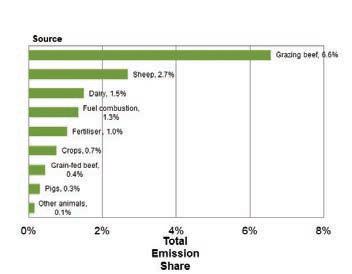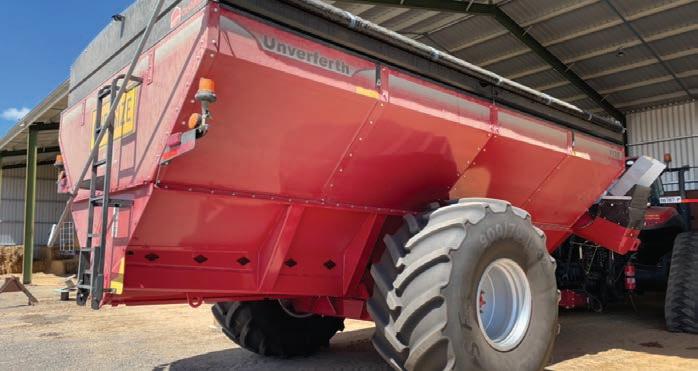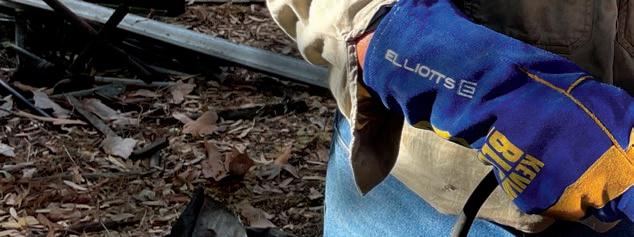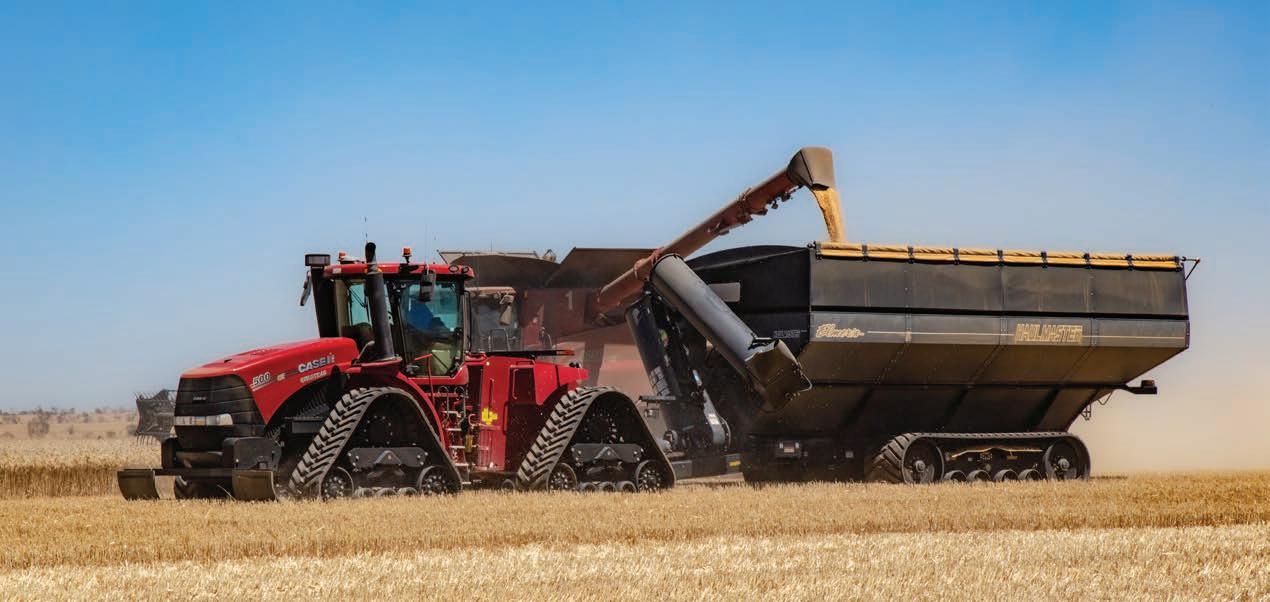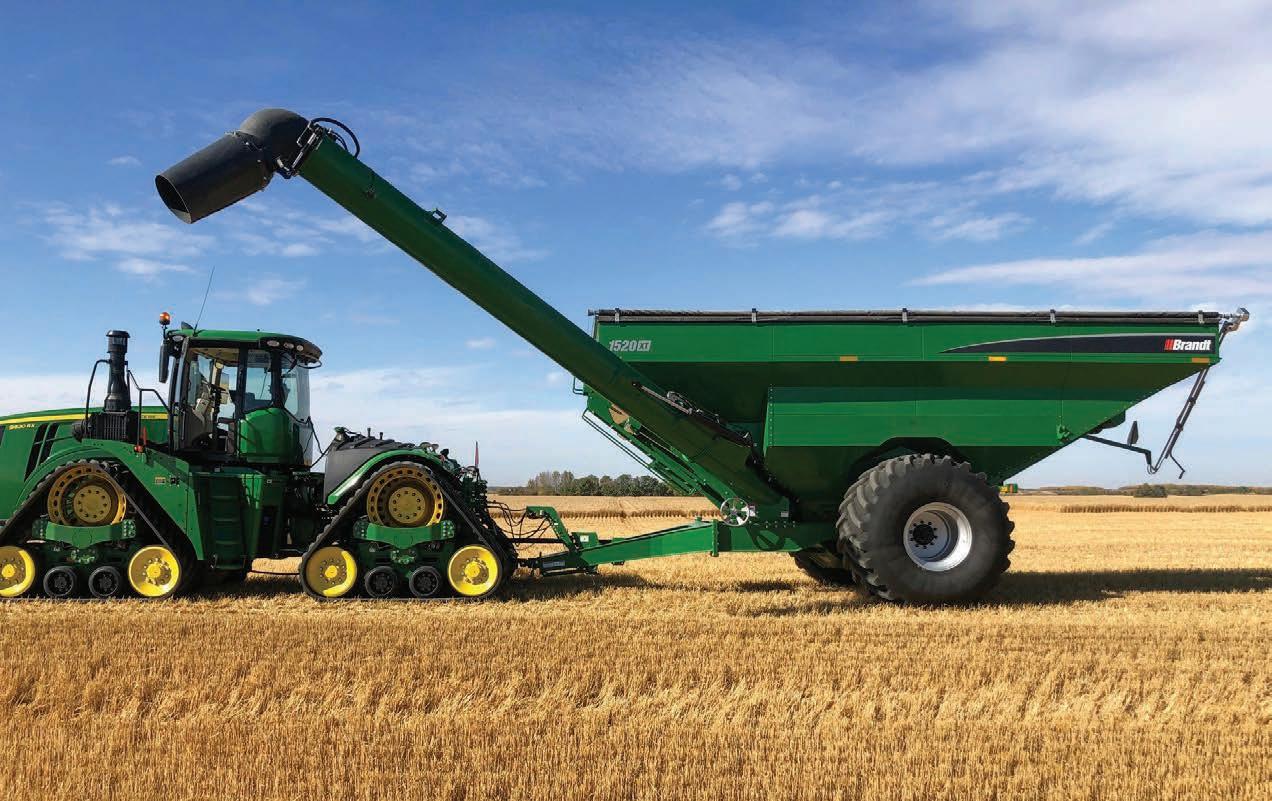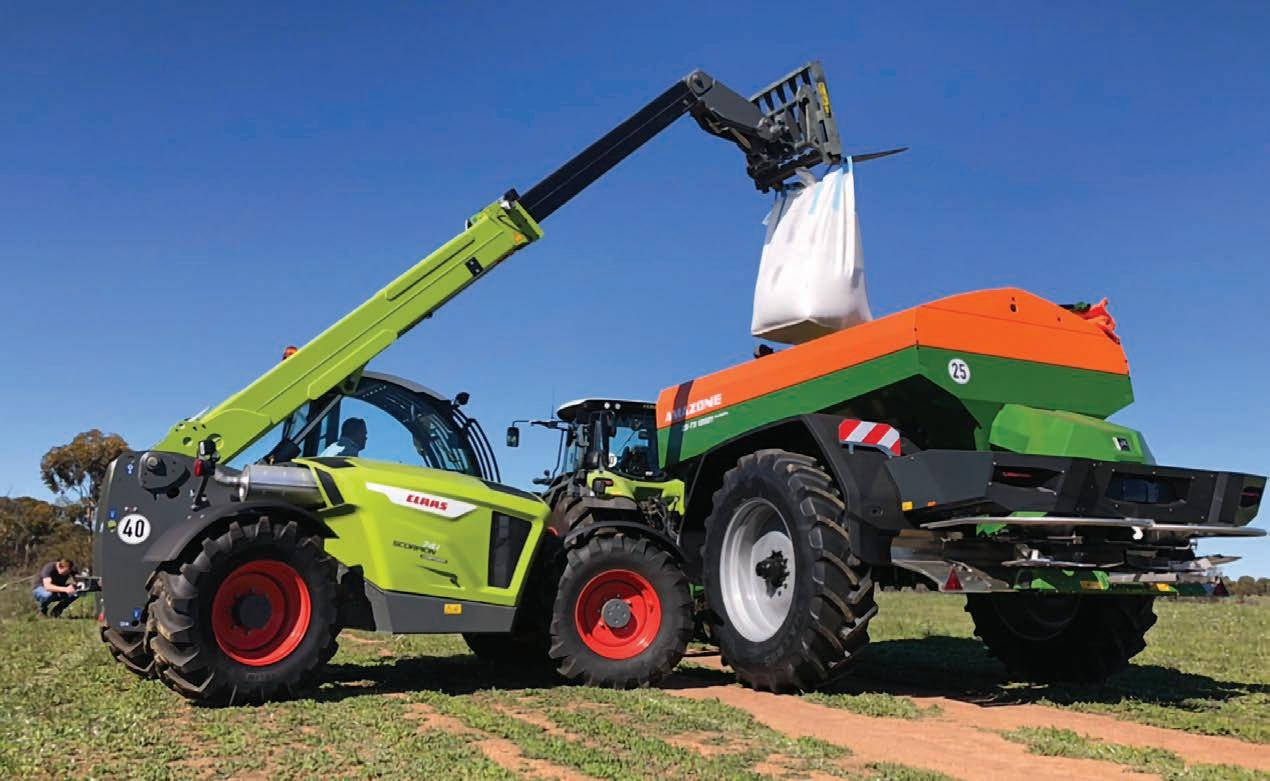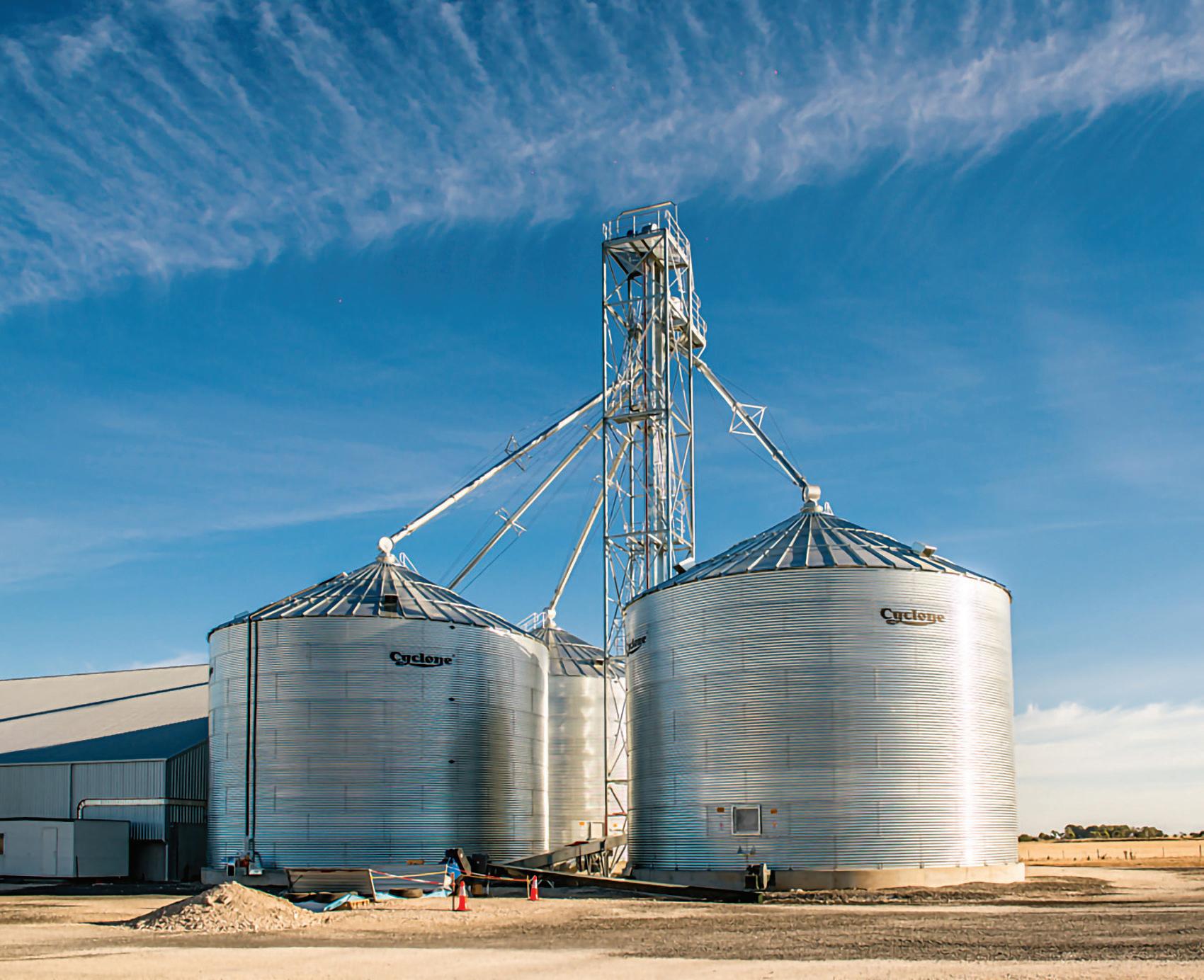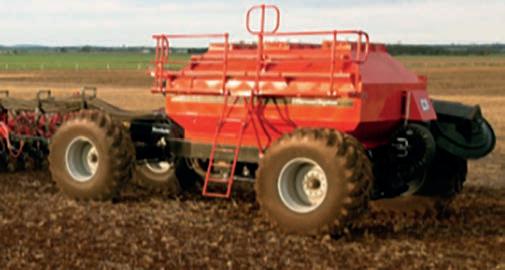PASTURES AND SOILS STUBBLES Stubble know how: CSIRO researchers Andrew Toovey and Dean Thomas have looked into the nutritive value of different components of stubbles, as well as feed value of different stubble types.
Nutritive value of stubbles examined With feed availability in paddocks starting to wind down in some regions as the summer-autumn feed gap approaches, knowing the nutritive value of stubbles is paramount, but a complex task. By Claire Harris
S
peaking on a Meat & Livestock Australia (MLA) webinar last month, Perth-based CSIRO livestock systems scientist Dean Thomas shared results from a recentlycompleted MLA and Australian Wool Innovation (AWI)-funded two-year project which worked to quantify the value of modern crop stubbles. “Quantifying the feed base in grazing systems remains a challenge for us, and stubbles are no different,” Dr Thomas said. “It’s difficult putting numbers around how much feed is available and what sort of performance you’re going to get from stubbles.” Nationwide, Dr Thomas said 21-million hectares of winter crops were planted in 2021, of which about 30 per cent (6.5 – 7m ha) were grazed.
44
Farming Ahead March 2022 No. 362
Further, a survey of 41 farmers as part of the study revealed sheep spend roughly 25 per cent of time on stubbles, second only to dry pastures (31 per cent) and equal to green pastures (also 25 per cent). “(Stubbles are) an important part of the feed base, and this project was about getting at that and understanding that feed availability a bit more.”
CHAFF MANAGEMENT The project involved farmer surveys, feed surveys, animal house studies, lab analyses and grazing experiments, with one of the initial experiments looking at chaff management practices, and examination of chaff composition of different crop types. Of the survey respondents, about half of them distributed chaff out the harvester, while aggregation of chaff into
heaps and windrows was also popular. Less prevalent practices included the use of a seed destructor, or baling chaff straight out the back of the harvester. Examining the nutritive value of chaff in each of these management practices took the form of 300 chaff samples – a mixture of wheat, barley, canola, lupins and chickpeas – being separated into different components including grains, main stem, finer stem/leaf, and finer material, and put through the lab to determine their nutritive values. “The main stem is of lower quality than finer components, and in chaff heaps and lines it made up a pretty small proportion (10 – 15 per cent), while on the interrow or a stubble that has had chaff spread, the main stem made up to 50pc of the composition,” Dr Thomas said. www.farmingahead.com.au



